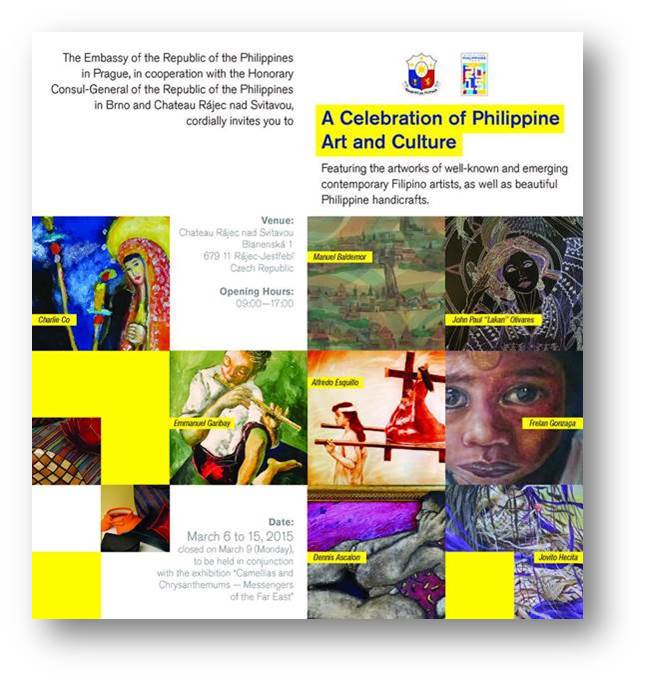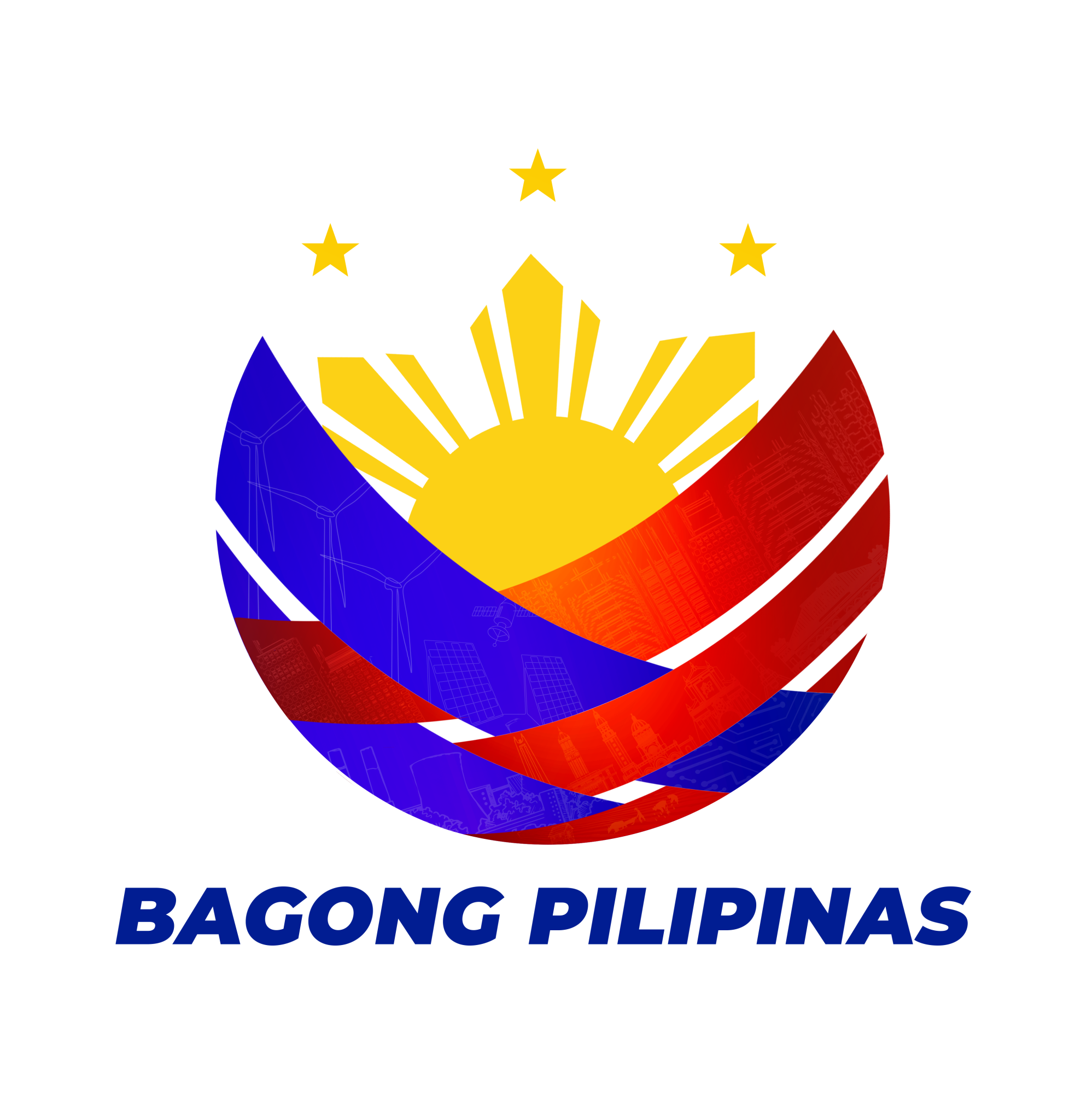 26 February 2015 – The Philippine Embassy in Prague, in cooperation with the Philippine Honorary Consul General in Brno, and Chateau Rájec nad Svitavou, will hold an art exhibit entitled “A Celebration of Philippine Art and Culture” from March 06 to 15 at the Chateau Rájec nad Svitavou.
26 February 2015 – The Philippine Embassy in Prague, in cooperation with the Philippine Honorary Consul General in Brno, and Chateau Rájec nad Svitavou, will hold an art exhibit entitled “A Celebration of Philippine Art and Culture” from March 06 to 15 at the Chateau Rájec nad Svitavou.
The exhibit is timed to coincide with the Chateau’s Camellia flower festival, an annual event housed in a classic French chateau formerly owned by the noble Salm family of Moravia. Every year, about 2,000 visitors attend the 10-day event.
The soft opening of the festival and Philippine exhibit will be on March 5 and will be attended by the Philippine Ambassador to the Czech Republic Victoriano Lecaros.
The connection of the Philippines and the Camellia Festival is through Jesuit lay brother George Josef Camel, who was a missionary and botanist in the Philippines from 1687 to 1706. He was born on 21 April 1661 in Brno, Moravia.
In 1683, Kamel went to the Marianas then transferred to the Philippines where he established a pharmacy for the poor. He wrote the work 'Herbs and Medicinal Plants of Luzon'. For his work in botany, Carolus Linnaeus named the flower Camellia after him. Kamel is regarded as the most important pharmacist of the 17th century. United Nations Educational, Scientific and Cultural Organization (UNESCO) declared that the 300th anniversary of Kamel's death to be one of the most important anniversaries of 2006.
In coordination with the Philippine Consulate General in Brno, Consul and First Secretary Juan E. Dayang, Jr., Philippine Honorary Consul-General Bretislav Skacel, Cultural Officer Gracia Perenyi, and Philippine art expert Mrs. Gina Jocson visited Chateau Rájec on January 19 to plan for the Philippine exhibit from March 05 to 15.
The art exhibit will feature works by Manuel Baldemor from the Philippine Embassy collection; an artwork each from artists Emmanuel Garibay and Alfredo Esquillo from the personal collection of Consul Dayang; and the works of Charlie Co, John Paul Olivares, Frelan Gonzaga, Dennis Ascalon, and Jovito Hecita, all brought from the Philippines by Mrs. Jocson.
Also to be included in the exhibit are Philippine indigenous textiles such as sinamay, yakan, and t’nalak, decorative products made of capiz shell, home and fashion accessories made from the fiber of pandan plant and buri palm, a model of the bahay kubo, Christmas lantern (parol), and books on Philippine arts and culture. Similar handicrafts will be available for sale at the souvenir shop. The poster and invitation cards were designed by Mr. Pavel Botka, graphic designer and illustrator. END

